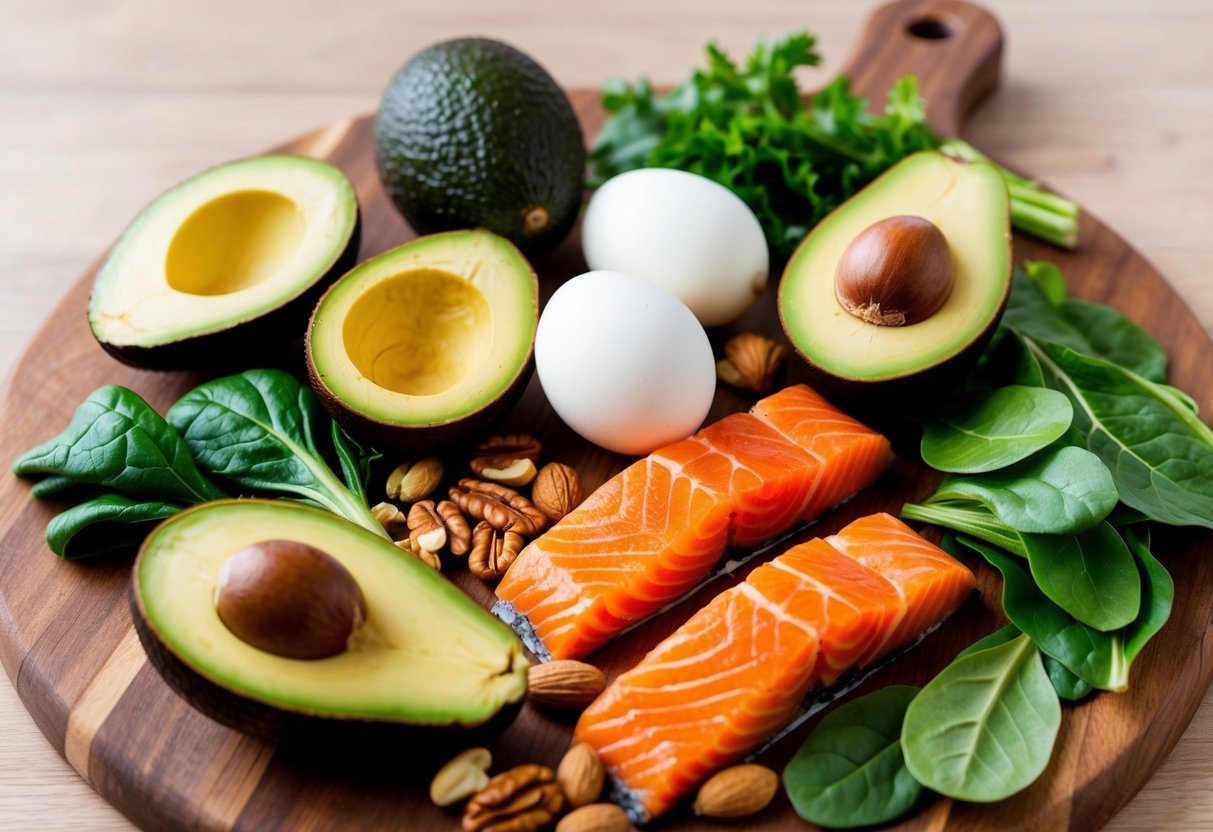Keto for Beginners: DIY Meal Plans and Tips to Get Started
Starting a Keto Diet
Beginning a keto diet requires setting personal health goals and understanding macronutrient needs. It’s crucial to find a balance that suits individual preferences and nutritional requirements.
Determining Personal Goals
Determining specific personal goals is essential when starting a ketogenic diet. People may begin a keto diet for various reasons such as weight loss, improved energy levels, or better mental clarity. Pinpointing the primary motivation helps tailor meal plans and approaches.
For someone focused on weight loss, the emphasis might be on creating a calorie deficit while maintaining adequate nutrient intake. Alternatively, those looking for enhanced cognitive function may aim to maintain stable blood sugar levels through regulated carb intake. It’s vital to have a clear understanding of what one hopes to achieve to drive consistency and measure progress.
Calculating Macronutrients
Calculating macronutrients or macros is a key component of a successful ketogenic diet. This involves determining the right balance of fats, proteins, and carbohydrates. Typically, the macronutrient distribution in a keto diet is around 70-75% fat, 20-25% protein, and 5-10% carbohydrates.
Understanding individual needs for fat and protein intake helps align with personal goals, whether for muscle maintenance or fat burning. Monitoring carb intake is crucial to achieve ketosis, the metabolic state where the body burns fat for energy. Tools like nutritional calculators can aid in pinpointing precise macro ratios, making it easier to plan meals and track dietary progress.
Creating Your Keto Meal Plan

Designing a keto meal plan involves understanding the right balance of macros and integrating diverse and tasty recipes. Focusing on healthy fats and avoiding carbohydrates is crucial to success.
Meal Planning Basics
A successful keto meal plan hinges on maintaining a precise balance of macronutrients. This typically involves consuming about 70-75% of daily calories from fats, 20-25% from proteins, and only 5-10% from carbohydrates. Food selection is key. Low-carb vegetables, high-quality proteins, and healthy fats form the core of these meal plans. Foods like avocados, nuts, olive oil, and fatty fish ensure an adequate intake of healthy fats. Tracking macros is important to ensure that the meals align with these goals. Using apps or tools to monitor nutrient intake can be a useful strategy for beginners to stay within their dietary limits.
Incorporating Variety and Balance
Incorporating variety in a keto meal plan prevents monotony and ensures a well-rounded diet. Trying different recipes helps maintain interest and motivation. By experimenting with different cuisines, such as Mediterranean or Asian-inspired dishes, one can enjoy a variety of flavors without straying from keto guidelines. Incorporating seasonal vegetables and experimenting with different cooking methods, such as grilling or roasting, can add diversity to meals. Balance is crucial, ensuring that the body gets all essential nutrients while staying within keto parameters. Careful planning with attention to ingredient choice will help maintain dietary balance and keep the meal plan both effective and enjoyable.
Essential Foods for Keto

A successful keto diet revolves around selecting the right foods that bolster the body’s ability to maintain ketosis. This eating plan emphasizes reducing carbs while increasing healthy fats and moderate protein intake.
Fats and Oils
In a ketogenic diet, fats and oils are fundamental as they serve as the primary energy source. Options such as olive oil, coconut oil, and avocado oil are excellent choices due to their high monounsaturated and medium-chain fatty acid content. These oils aid in promoting heart health and enhancing energy levels. Butter and ghee are also common in keto cooking, providing rich flavor while supporting metabolic processes.
Choosing the right oils can significantly affect keto meal outcomes, so understanding their composition becomes crucial. Incorporating a variety of these oils not only prevents monotony but also balances the diet, ensuring it meets essential nutritional needs.



